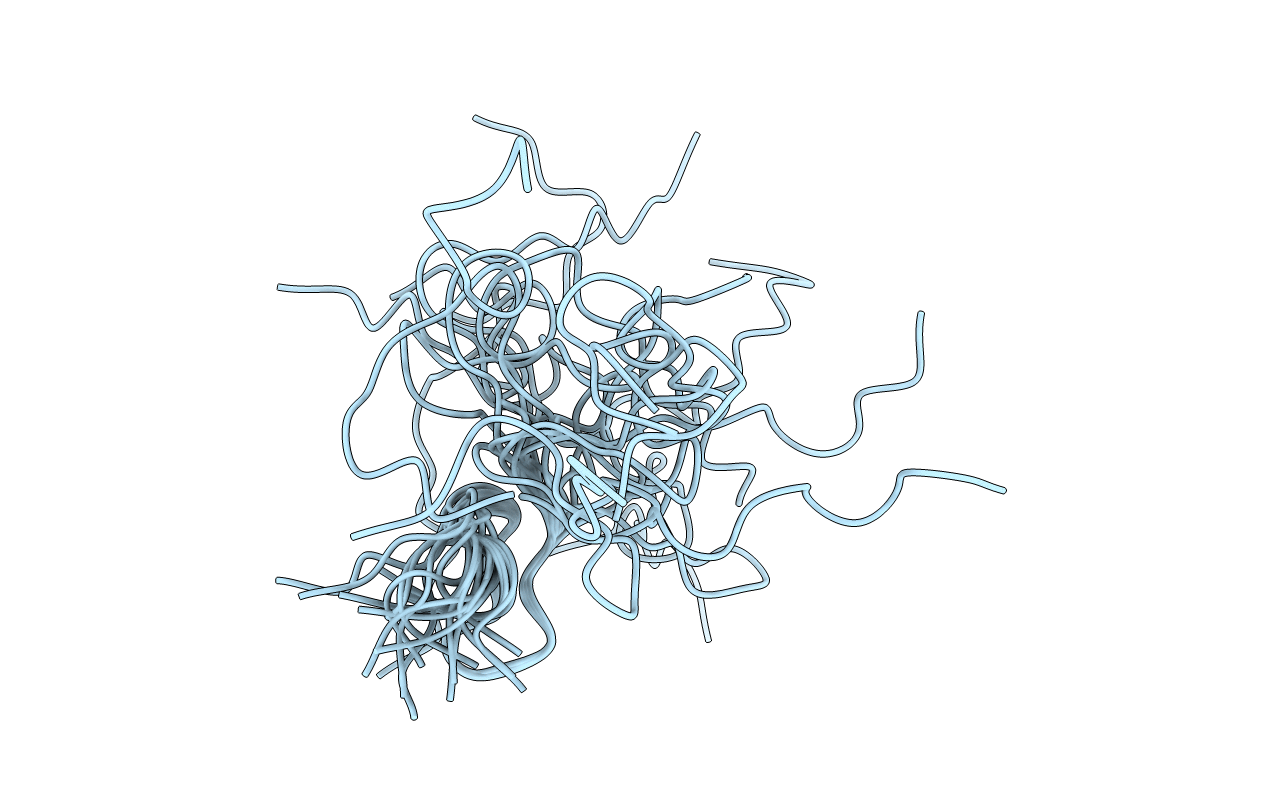
Deposition Date
2005-07-15
Release Date
2005-07-26
Last Version Date
2024-10-16
Entry Detail
PDB ID:
2AB9
Keywords:
Title:
Discovery, structural determination and processing of the precursor protein that produces the cyclic trypsin inhibitor SFTI-1
Biological Source:
Source Organism:
Helianthus annuus (Taxon ID: 4232)
Host Organism:
Method Details:
Experimental Method:
Conformers Calculated:
50
Conformers Submitted:
20
Selection Criteria:
structures with the lowest energy


